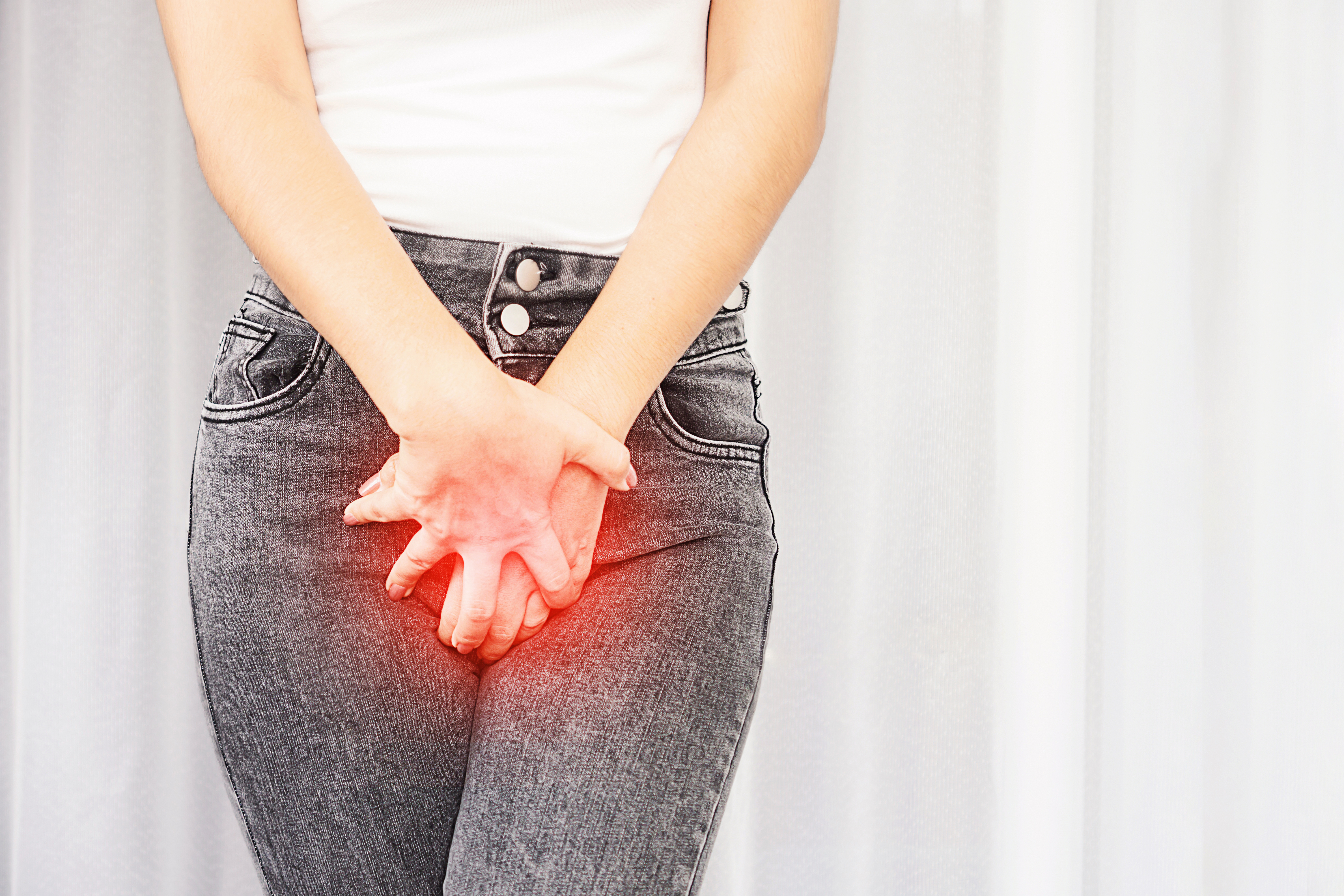Neat Little Guide — 3 minutes
Vaginal yeast infection

What is a vaginal yeast infection?
Vaginal yeast infection (also called yeast vaginitis or vaginal candidiasis) is caused by the undesirable presence of a type of yeast of the Candida species, causing inflammation of the vaginal wall and sometimes the vulva. This type of infection is the second most common cause of vaginitis symptoms (after bacterial vaginosis) and accounts for around a third of all cases. It occurs in women of all ages, although it is uncommon in post-menopausal women. A vaginal yeast infection is not a sexually transmitted disease. Candida is a commensal fungus, meaning that it normally lives on the skin, in the gastrointestinal tract and sometimes even in the vagina. A yeast infection occurs when there is too much Candida.
What are the risk factors of a vaginitis?
Although candidiasis attacks often occur for no apparent reason, this type of infection is more readily seen in women who are pregnant (increased estrogen levels), diabetic, immunocompromised or on an antibiotic regimen.
Antibiotics tend to disrupt microbial balance and growth in the vagina which normally controls or prevents yeast growth. As a result, up to a quarter to a third of women develop this disorder during or after antibiotic treatment.
What are the symptoms of a vaginal yeast infection?
Itching is the dominant symptom of this condition. Burning sensations, pain and irritation of the vulva and vagina are also common and may be accompanied by difficulty urinating. Symptoms often intensify a week before menstruation. A physical examination often reveals characteristic signs of inflammation in the vulva, such as erythema or edema. Inflammation is accompanied by a thick, lumpy, whitish and odourless vaginal discharge.
How can a vaginal yeast infection be prevented and detected?
In certain situations, a medical biological exam can be carried out on the spot, during the medical exam. In these cases, the pH is measured and a vaginal secretion sample is tested for amine odour with a KOH solution. Such a sample may also be sent to a laboratory for nucleic acid amplification testing (NAT), microscopic analysis or a culture. Self-diagnosis of a vaginal yeast infection is often inaccurate and should be discouraged.
What treatments are available for a vaginitis?
Simple yeast vaginitis is treated with oral or topical antifungals. Fluconazole and clotrimazole are examples of treatments available over the counter. Symptoms generally improve within two to three days of starting treatment.
Sources4
- https://www.uptodate.com/
- Ferris DG, Dekle C, Litaker MS. Women's use of over-the-counter antifungal medications for gynecologic symptoms. J Fam Pract. 1996 Jun;42(6):595-600. PMID: 8656170.
- https://www.inesss.qc.ca/fileadmin/doc/INESSS/Ordonnances_collectives/Vaginite/INESSS_Protocole_medical_national_pertes-vaginales-inhabituelles_Final.pdf
- https://www.merckmanuals.com/fr-ca/accueil/probl%C3%A8mes-de-sant%C3%A9-de-la-femme/vaginite-et-maladie-inflammatoire-pelvienne/pr%C3%A9sentation-de-la-vaginite-infection-ou-inflammation-vaginale?query=Revue%20g%C3%A9n%C3%A9rale%20des%20vaginites
